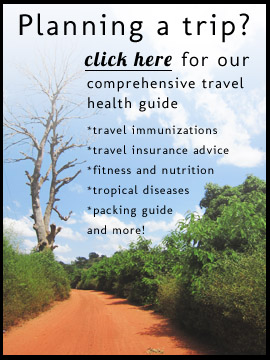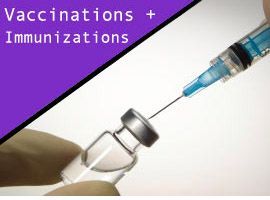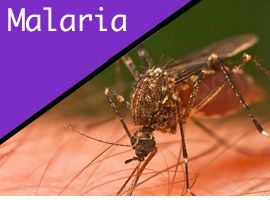Known for its extreme bio-diversity, populous urban areas and stunning beaches, the Philippines are a popular destination for travelers to Southeast Asia. As a tropical developing world country, there are some travel health risks for those visiting this nation of islands. In this post, we will cover everything from vaccinations to malaria risk.
Vaccinations for the Philippines
While the Philippines do not technically require any vaccinations upon entry, you may have to show proof of yellow fever vaccination if you are coming from a country where the disease is endemic. In other words, you don’t have to worry about the risk of yellow fever while in the Philippines and you only need to be vaccinated if you are coming from a country where the disease is present.
– Routine vaccinations – These include polio and hepatitis A and B among others. For a full list of routine vaccinations, have a look at our post on travel immunizations here
– Typhoid – typhoid is a staple vaccination for tropical developing world areas and the Philippines are no exception.
– Rabies and Japanese Encephalitis may be recommended based on where you are traveling in the Philippines. If you are going to be spending time around animals in rural areas then a rabies vaccination is a good idea.
Malaria in the Philippines
Malaria is not prevalent throughout the Philippines. It is only found in rural areas, and only on the islands of Luzon, Mindoro, Mindanao, and Palawan. If you are planning on visiting rural areas of these islands, then you should be sure to talk to a travel health doctor about different malaria prophylactics.
We have written extensively on the subject of malaria prophylactics. We cover everything you need to know in the following two articles: Should you Take Malaria Prophylactics? and Which Malaria Prophylactic Should you Take?.
It’s important to note that Chloroquine is not a sufficient antimalarial in the Philippines. Where it is present, malaria in the Philippines has become resistant to Chloroquine.
Dengue fever
Dengue fever is unfortunately present in the Philippines, as it is in many other parts of Southeast Asia. In 2012, the Philippines actually saw an uptick in dengue cases, which is a troubling development. It’s always a good idea to check with the WHO website before traveling, to get an idea of whether or not there is currently an outbreak going on.
We have previously written about the disease and in addition to explaining symptoms and treatment, we outline preventive measures you can take (there is no vaccine or prophylactic for the moment).
Traveler’s diarrhea
The illness you are most likely to contract is less serious than many of the others listed above. Food preparation standards may not always be up to par in the Philippines, and even when they are, you may simply get unlikely and catch a bacteria that your gut is not familiar with. We would recommend reading our article on the prevention and treatment of traveler’s diarrhea here.
The tap water is not safe to drink in the Philippines, so you need to plan accordingly. You can of course purchase bottled water just about everywhere, but if you are planning on being in more remote areas or if you are concerned about creating plastic waste, you can consider one of these 4 water treatment options.
Other health considerations
The Philippines are situated close to the equator and the sun and heat can be overbearing depending on the island you are on and the particular altitude. As always, it is important to stay hydrated and to not overdo it, especially during the middle of the day when the sun can be oppressive. Check out our article on avoiding sunburn here. If you do get burnt, read this for some treatment options.
Dehydration, heatstroke and sunstroke are rarely taken seriously by travelers. Often, people don’t realize the symptoms they are suffering from are being caused by one of these conditions. Stay hydrated, limited your activities during the middle part of the day, and don’t overwhelm yourself with a jam packed itinerary.
Before traveling to the Philippines, you should have a consultation at a travel health clinic. You should also be sure to take out adequate travel insurance. If you have any of your own travel health tips to share when it comes to the Philippines, please leave them in the comments below.
Photo credit: flickr user Storm Crypt












{ 1 comment… add one }